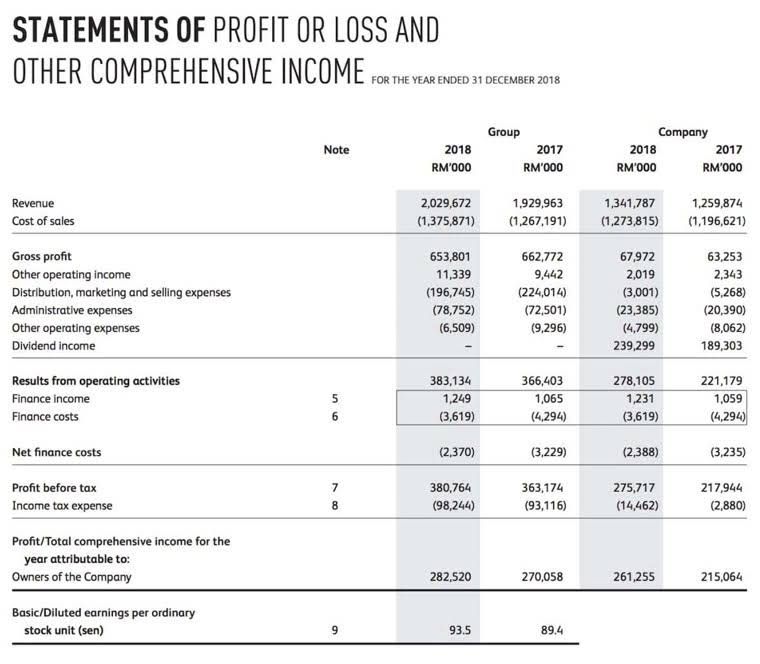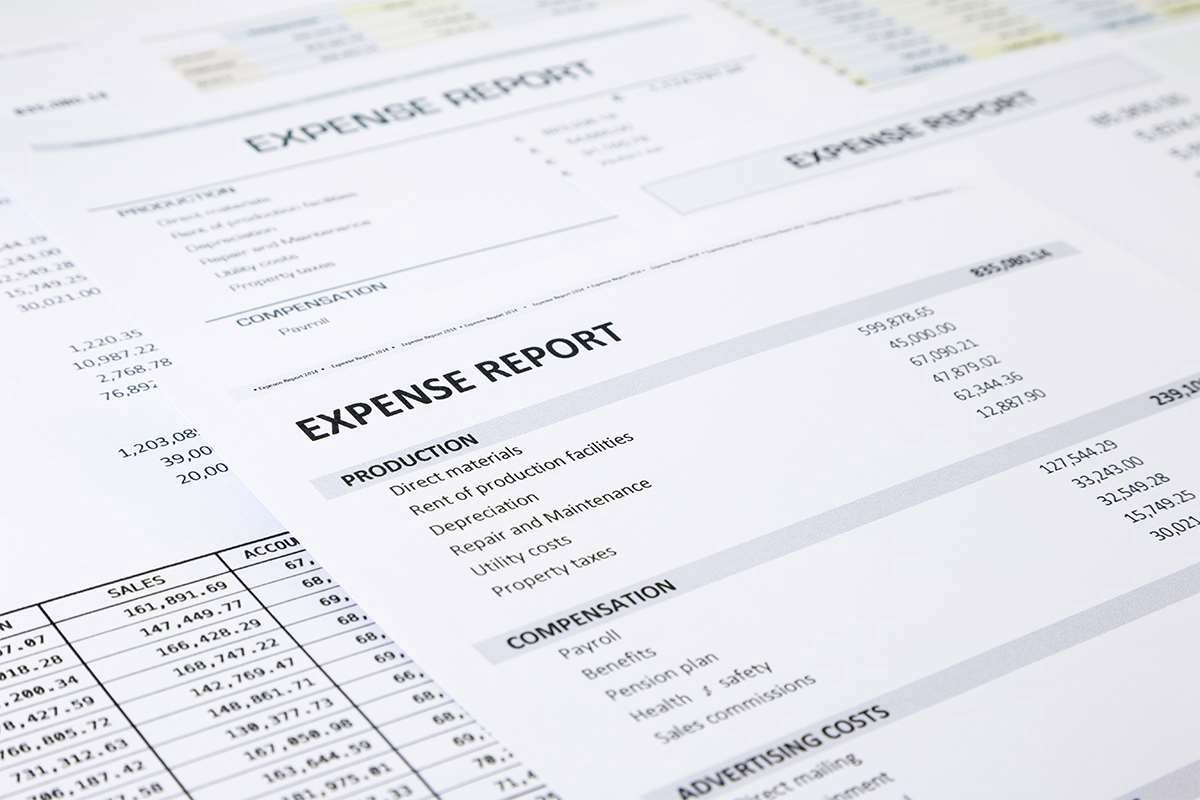
For instance, a small consulting firm might allocate administrative costs directly to client projects based on billable hours, providing a straightforward way to manage expenses. Another important aspect is the differentiation between product and period costs. Product costs are directly tied to the creation of https://www.bookstime.com/ goods or services and include expenses like raw materials, labor, and manufacturing overhead. These costs are capitalized as inventory on the balance sheet until the product is sold. Period costs, however, are expensed in the period they are incurred and include selling, general, and administrative expenses.

Examples of direct costs
Furthermore, soft costs often involve third parties like architects, financiers, and legal consultants, whereas indirect costs are more intrinsic to the contractor’s day-to-day site functions. For example, a smaller construction company may have a higher indirect cost rate due to lower economies of scale, while a larger company may have a lower indirect cost rate due to greater efficiencies and cost-sharing opportunities. Small businesses rely on accurate financial statements to make informed decisions. If direct and indirect expenses are not properly accounted for, the information contained in the statements will be wrong. When recording direct costs, in most instances, these costs will be variable, meaning that they can change according to production levels.
Accounting: What Are Direct & Indirect Costs in Financial Statements?
Tracking each type of cost separately can help small businesses understand their cash flow, price their items properly and attain the maximum allowable tax deductions. If you need assistance with breaking down your business’s expenses, contact a professional accountant or choose accounting software that can support your business. By offering real-time tracking of expenses and linking them to specific project milestones, some of these tools can provide a panoramic view of where indirect costs are being indirect costs are also referred to as costs. incurred and how they align with the project timeline. This integration centralizes data and can aid in making informed decisions, and that indirect costs may remain within the allocated budget. When allocating indirect costs, consistency in the chosen method is key, more so than the specific method itself. The purpose of allocation is to determine a fair and logical way to distribute indirect costs so that individual projects, tasks, or departments bear an appropriate share of these expenses.
- It can also include labor, assuming the labor is specific to the product, department or project.
- As the owner of a startup or small business, you should understand the distinction between direct and indirect costs when pricing your products or services.
- Period costs, however, are expensed in the period they are incurred and include selling, general, and administrative expenses.
- Your products will be accurately priced so you can earn a profit, and you’ll have a much better idea of areas in which your business is performing well, along with areas where costs need to be lowered.
- The precision in tracking direct costs is paramount for businesses aiming to maintain accurate financial records and optimize their production processes.
Example of cost allocation
Hence, mastering cost management is an important part of running and growing a business. Provides the separate rates for allocating employee benefits (e.g., payroll taxes, vacation, sick, retirement, health care, bonus, deferred compensation, insurance). More detailed definitions can be found in accounting textbooks or from an accounting professional. Insights on business strategy and culture, right to your inbox.Part of the business.com network. Costs that arise due to unique project conditions or requirements and can include everything from site security to specialized utility setups. We’re firm believers in the Golden Rule, which is why editorial opinions are ours alone and have not been previously reviewed, approved, or endorsed by included advertisers.
Project-specific Indirect Costs
However, they still require careful management to avoid unnecessary expenditures. For example, a company might negotiate better lease terms or invest in energy-efficient equipment to reduce utility costs. By closely monitoring and controlling indirect costs, businesses can improve their overall cost structure and enhance profitability.

- LIFO can be helpful if the costs of your materials fluctuate in the course of production.
- The company has to pay $2,000 per month to cover the cost of the lease, no matter how many products that machine is used to make.
- Insights on business strategy and culture, right to your inbox.Part of the business.com network.
- By harnessing digital tools, construction firms can assist in bringing accuracy, foresight, and agility to their financial management.
- While G&A costs for a firm usually remain relatively steady, they can fluctuate depending on the size and organizational structure of the company.
- If your production ramps up in the summer, it’s likely that your materials costs and labor costs will increase as well.
Once the project is underway, accounting modules within these tools help track actual expenses against the budgeted figures, and highlight any deviations. The tools used in construction projects — especially those that are reusable across different projects —are considered indirect costs. While a specific excavator might be a direct cost to a particular project, smaller tools used across multiple projects, like hammers or drills, are considered indirect costs.
Are indirect costs also known as common costs?
One are the fixed indirect costs, which are unchanged for a particular project or company, like transportation of labor to the working site, building temporary roads, etc. The other are recurring indirect costs, which repeat for a particular company, like maintenance of records or the payment of salaries. As a business owner, you need to manage all aspects of your business, including accurately accounting for various costs.

Schreibe einen Kommentar